Carnforth Coke Ovens: An initial assessment of the works that could be carried out by volunteers to further the conservation of the ovens.
M Womersleys have carried out an initial assessment of the works that could be carried out by volunteers to further the conservation of the Carnforth Coke Ovens. The initial survey sets out the main conservation works that appear to be required and a suggested schedule of works. It should be noted that some work has already been carried out by the Trust and dedicated local volunteers and the proposals below seek to develop this further, they could not have been prepared without the input from the Friends group or CRT, who have both shared documentary evidence and valuable insights.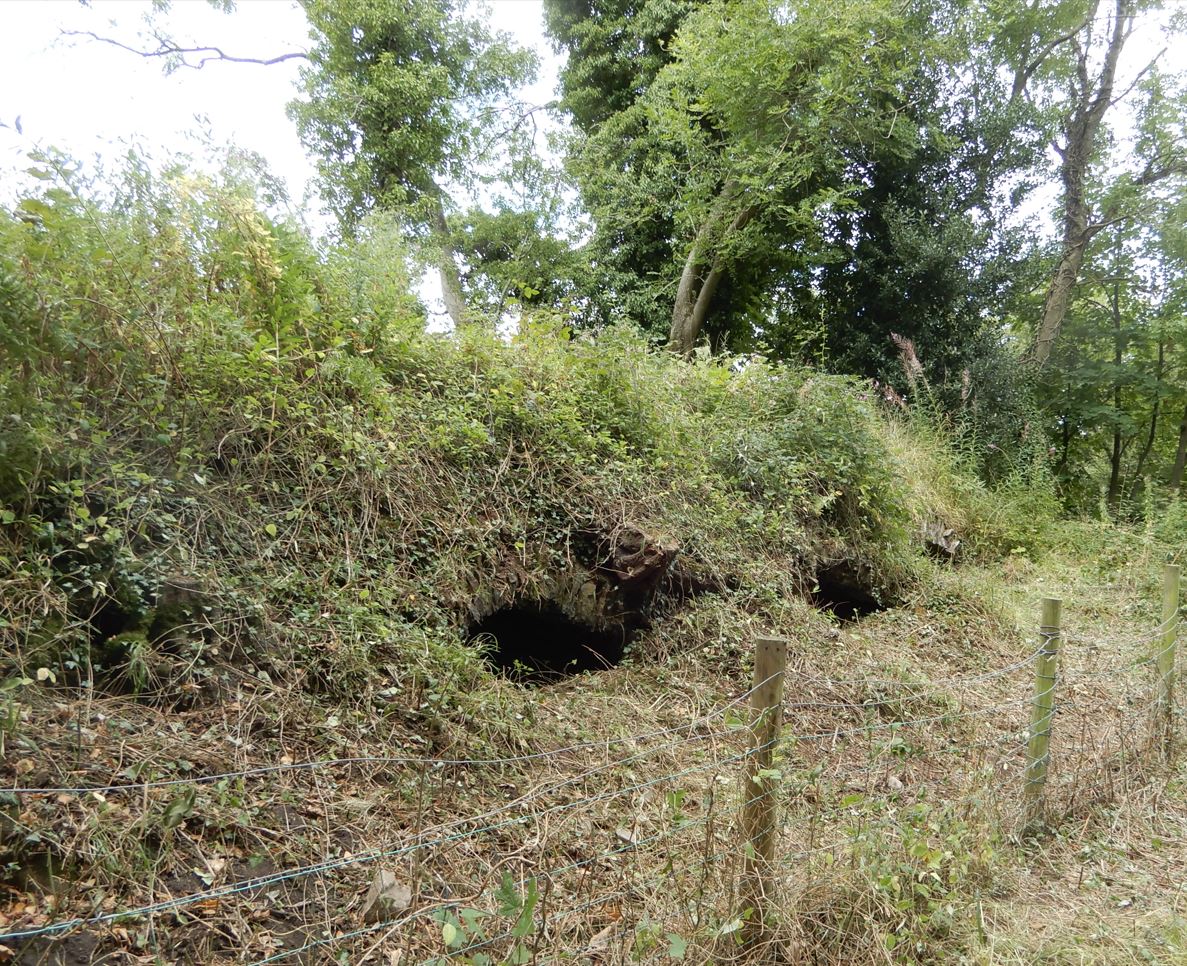
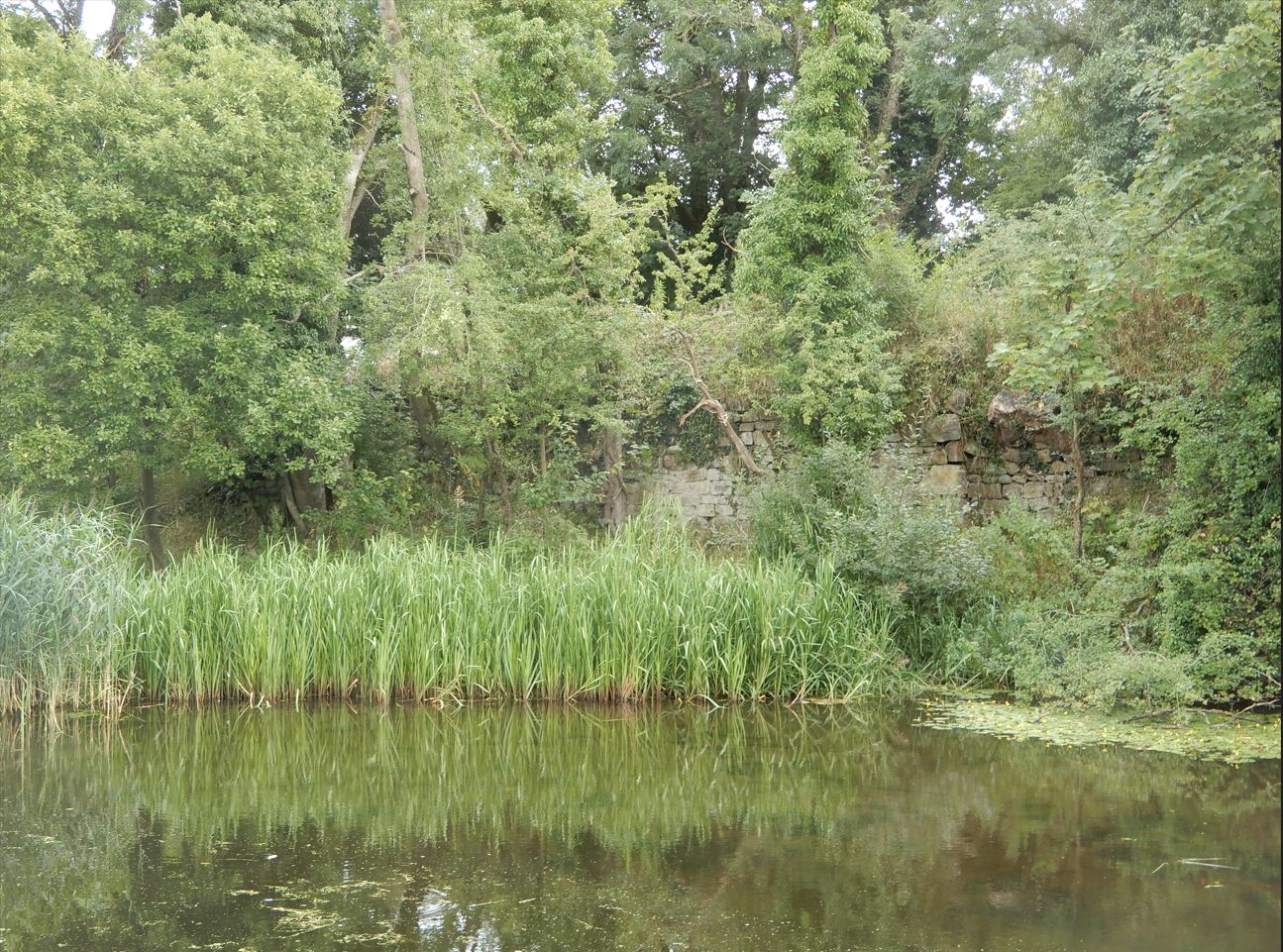
The Historical Context
The ovens are located on the Lancaster Canal, which heads north for a distance of forty miles from Tewitfield, to Preston. The canal opened in sections from the 1790s through to 1826. Carnforth’s economy was boosted in 1797 when the stretch of the Lancaster Canal in this area was completed. The Coke Oven site is situated in the area known as Thwaite, approximately one hundred and twenty metres southwest of Thwaite End Bridge, and sixty meters west of Thwaite Cottage.
In the 1840’s, Carnforth became the site for a new iron works, and it is thought that the coke ovens were built before 1848 to serve them, being shown on the OS plan from this date and they were still identified clearly on a map revised in 1880. They appear to have been built in at least two phases with the two western ovens (numbers 4 & 5 on diagram 1) being cruder in design and construction. The coke ovens produced coke from coal through slow controlled burning, creating fuel for the ironwork furnaces and other uses.
Sir William St John is credited as the inventor of the beehive style coke ovens (c. 1620), which the Carnforth ovens are similar to. Originally the beehive ovens were essentially coke producers with no attempt to recover any of the gas, tar or other by products which were driven off from the coal when it was heated. The full workings of these much later ovens, the remains of which are shown approximately on diagram 1 below, has yet to be fully determined, with more extensive archaeological investigation needed. The ovens were served by boats delivering coal and taking away coke at the immediately adjacent local wharf area, to the east, which has previously been exposed by the volunteer group.
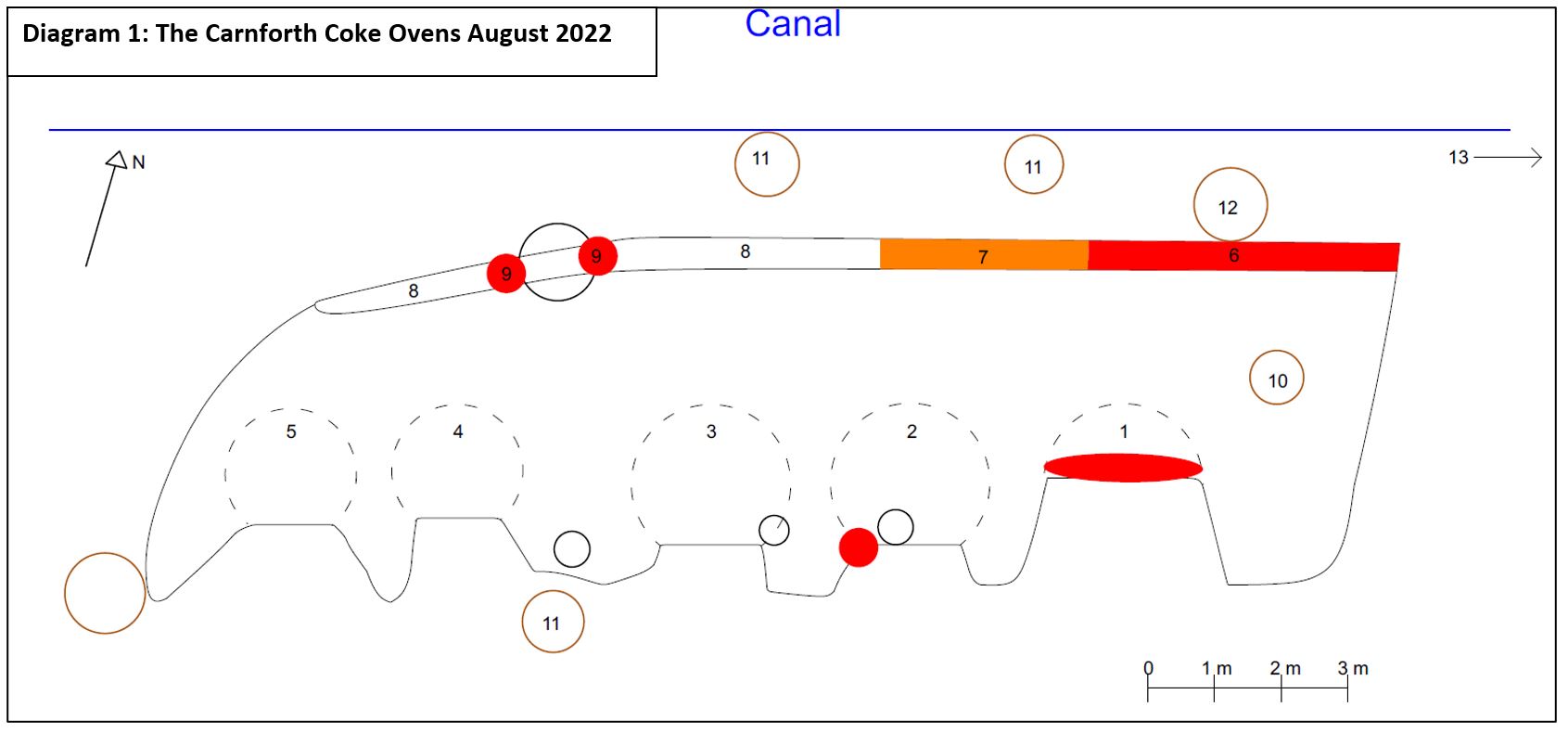


Related Articles
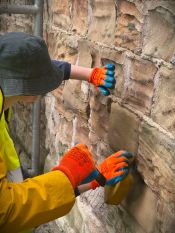
The steps members of the Waterton’s Wall restoration team, with support from Mark Womersley, have been following to consolidate, conserve and repair this historic wall that represents the successful efforts of Charles Waterton to preserve the wildlife that lived on his estate near Wakefield in West Yorkshire.
1. Fill deep voids behind the wall’s facing stones with deep pointing work. The works involve …
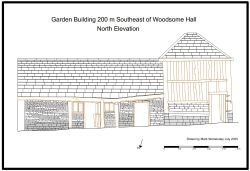
Mark spent a day recording a historic timber-framed garden building at Woodsome Hall
Mark Womersley, as part of his voluntary work with the Yorkshire Vernacular Buildings Study Group, spent…
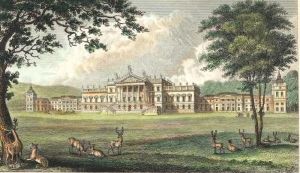
M Womersleys were delighted to offer a day of tutoring to those who attended the Wentworth Woodhouse Working Party
M Womersleys were delighted to offer a day of tutoring to those who attended the Wentworth Woodhouse…